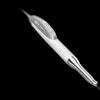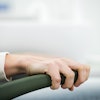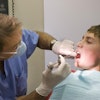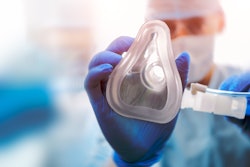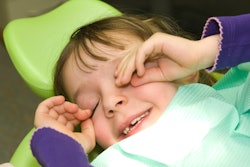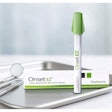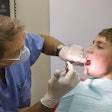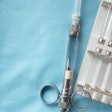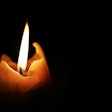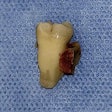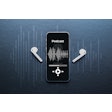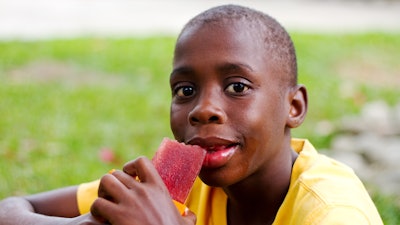
Popsicles may effectively alleviate postoperative emergence agitation in pediatric patients given sevoflurane for oral surgery, according to a study recently published in the Journal of Pediatric Nursing.
The incidence of anesthesia emergence agitation and severe agitation was significantly higher in children between the ages of 1 and 3 who were not given popsicles after surgery compared to those who were given frozen treats, the authors wrote.
“Ice popsicle is an effective, cheap, pleasurable, and easily administered method for alleviating emergence agitation in paediatric patients after oral surgery under general anaesthesia,” wrote the authors, led by Dr. Ying-Jun She of the department of anesthesiology and perioperative medicine, Women and Children’s Medical Centre, at Guangzhou Medical University in China (J Pediatr Nurs, April 6, 2023, Vol. 72, pp. 9-15).
Sevoflurane is the top choice of anesthesia used for children undergoing oral surgery because of its multiple advantages, including a low blood/gas partition coefficient, rapid induction and recovery, and the ease with which anesthesia depth can be regulated. However, sevoflurane has been associated with a high incidence of agitation in patients emerging from anesthesia, specifically in oral surgery. After oral surgery, between 25% and 85% of pediatric patients experience agitation when awakening from general anesthesia, according to the study.To explore whether popsicles can prevent agitation in pediatric oral surgery patients who were administered sevoflurane, 100 children between the ages of 1 and 10 were included in a randomized controlled study. Of the participants, 57 were between the ages of 1 and 3, 35 were between the ages of 4 and 6, and eight were between the ages of 7 and 10.
Half of the children were given popsicles after they awoke from anesthesia, and the other half received verbal encouragement from their parents. The two-hour postsurgical incidence of agitation was the primary outcome, according to the study.
The incidence of agitation was 58% in the group that didn’t receive ice pops and 22% in the children who had popsicles. There was a noteworthy difference in incidence between the two groups (odds ratio [OR]: 4.896, 95% confidence interval [CI]: 2.044-11.728; p < 0.001). Also, the incidence of severe agitation after waking up from anesthesia was higher in the children who only received verbal encouragement (22% versus 4%; OR: 6.769, 95% CI: 1.416-32.367; p = 0.015), the authors observed.
In children between the ages of 1 and 3, the incidence of agitation was 32% in the group that received popsicles, which was dramatically lower compared to the other group, which had an incidence of agitation of 79% (OR: 8.093, 95% CI: 2.441-26.827; p < 0.001). Additionally, the incidence of severe agitation was significantly higher in the children who didn’t get an ice pop than the patients who did (28% versus 3%; OR: 10.286, 95% CI: 1.191-88.802; p = 0.013), they wrote.
Nevertheless, there were limitations, including that the anxiety levels of the patients or their parents were not measured before the child's surgical procedure, and such anxiety was a risk factor for emergence agitation. But the random assignment principle was applied to limit potential bias in agitation incidence, the authors wrote.
Since this approach is highly accepted by both children and their parents, this strategy should be explored for other surgeries, they wrote.
“It is an effective, cheap, complication-free, and easily administered method,” She and colleagues concluded.

